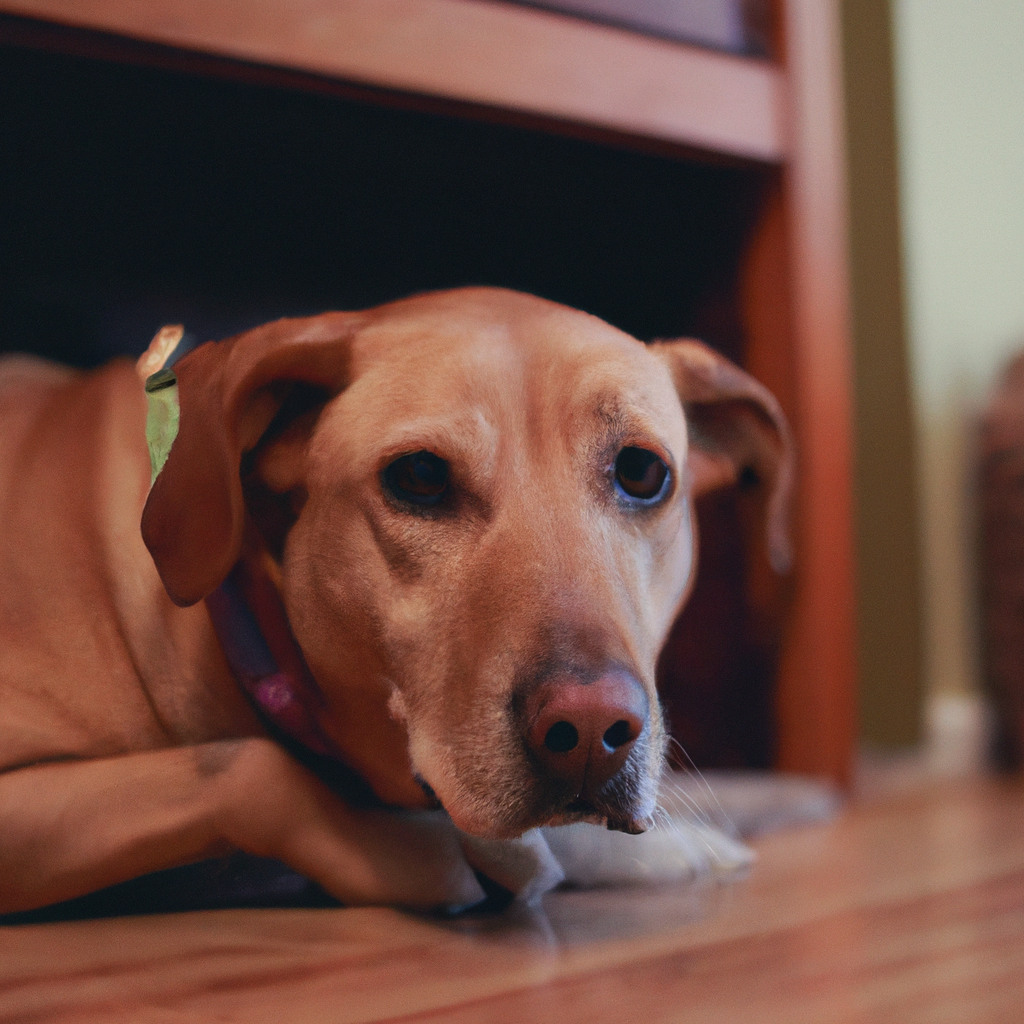Dog Fleas: Tiny Pests, Big Solutions!
Dog fleas, though minuscule in size, can cause a myriad of issues for your furry friends and your household. These pesky parasites are more than just a nuisance; they can lead to discomfort, health problems, and even infestations if not addressed promptly. In this article, we will explore the life cycle of dog fleas, the problems they cause, and the numerous solutions available to tackle these tiny intruders.
# Understanding the Enemy: What Are Dog Fleas?
Dog fleas (Ctenocephalides canis) are small, wingless insects that feed on the blood of their hosts. Although they are known as “dog fleas,” these parasites are not picky and can also infest cats and other animals, including humans. Understanding their life cycle and habits is crucial in developing effective strategies to eliminate them.
## The Flea Life Cycle
Dog fleas go through four stages in their life cycle:
1. Eggs: Flea eggs are tiny, oval, and white. A female flea can lay up to 50 eggs per day, which fall off the host and scatter throughout the environment.
2. Larvae: After hatching, flea larvae are worm-like and feed on organic debris and adult flea feces. They thrive in dark, humid environments like carpets and bedding.
3. Pupae: In this stage, larvae spin cocoons and become pupae. They can remain dormant for weeks or even months, waiting for the right conditions to emerge as adults.
4. Adults: Adult fleas are the biting, blood-sucking stage. They seek out a host and begin the cycle anew, causing irritation and discomfort.
# The Problems Fleas Cause
Fleas are more than just a pesky inconvenience. Their presence can lead to a range of problems, affecting both your pets’ health and your home environment.
## Health Issues for Dogs
– Flea Allergy Dermatitis (FAD): Some dogs are allergic to flea saliva, leading to severe itching, redness, and skin infections.
– Anemia: A heavy flea infestation can lead to blood loss and anemia, particularly in puppies or small dogs.
– Tapeworms: Fleas can carry tapeworm larvae, which can be transmitted to dogs if they ingest an infected flea.
## Impact on Your Home
– Infestations: Fleas can quickly multiply and infest your home, making it uncomfortable for humans and pets alike.
– Itching and Irritation: Flea bites can cause itching and irritation in humans, leading to discomfort and potential allergic reactions.
– Contamination: Fleas can spread bacteria and pathogens, posing health risks to both animals and humans.
# Big Solutions for Tiny Pests
Fortunately, there are numerous strategies and products available to combat dog fleas effectively. A combination of prevention, treatment, and environmental control can help keep these pests at bay.
## Prevention is Key
Preventing fleas from infesting your dog and home is the first line of defense. Consider the following preventative measures:
– Regular Grooming: Brush your dog regularly to check for fleas and remove any you find. Bathing with flea-repelling shampoos can also help.
– Flea Collars: Use flea collars that contain insecticides or natural repellents to deter fleas from latching onto your dog.
– Oral and Topical Treatments: Monthly oral or topical flea preventatives are effective at killing fleas and preventing infestations.
## Effective Treatment Options
If your dog is already infested with fleas, prompt treatment is essential:
– Flea Combs: Use a fine-toothed flea comb to remove fleas from your dog’s coat. This can provide immediate relief from itching.
– Medications: Prescription flea medications, such as oral tablets or topical treatments, are highly effective at killing fleas and preventing future infestations.
– Natural Remedies: Some pet owners prefer natural solutions, such as diatomaceous earth or essential oils, to treat fleas. However, consult your veterinarian before using these methods to ensure they are safe for your dog.
## Environmental Control
To fully eliminate fleas, it’s crucial to treat your home environment as well:
– Vacuuming: Regularly vacuum carpets, rugs, and furniture to remove flea eggs, larvae, and pupae. Dispose of vacuum bags or empty canisters immediately.
– Washing: Wash your dog’s bedding, toys, and any fabrics they frequently contact in hot water to kill fleas and their eggs.
– Insecticides: Consider using insecticidal sprays or foggers specifically designed for fleas to treat your home. Follow the instructions carefully and ensure pets and children are not exposed during application.
# Conclusion
Dog fleas may be tiny, but their impact is anything but small. By understanding their life cycle, recognizing the problems they cause, and implementing a comprehensive strategy for prevention and treatment, you can protect your dog and your home from these pesky invaders. Whether you opt for commercial products, natural remedies, or a combination of both, the key is consistent and proactive management. With the right approach, you can keep fleas at bay and ensure a comfortable, healthy environment for both your pets and your family.
Visit Saybyebugs.com
Visit Saybyebugs.com
